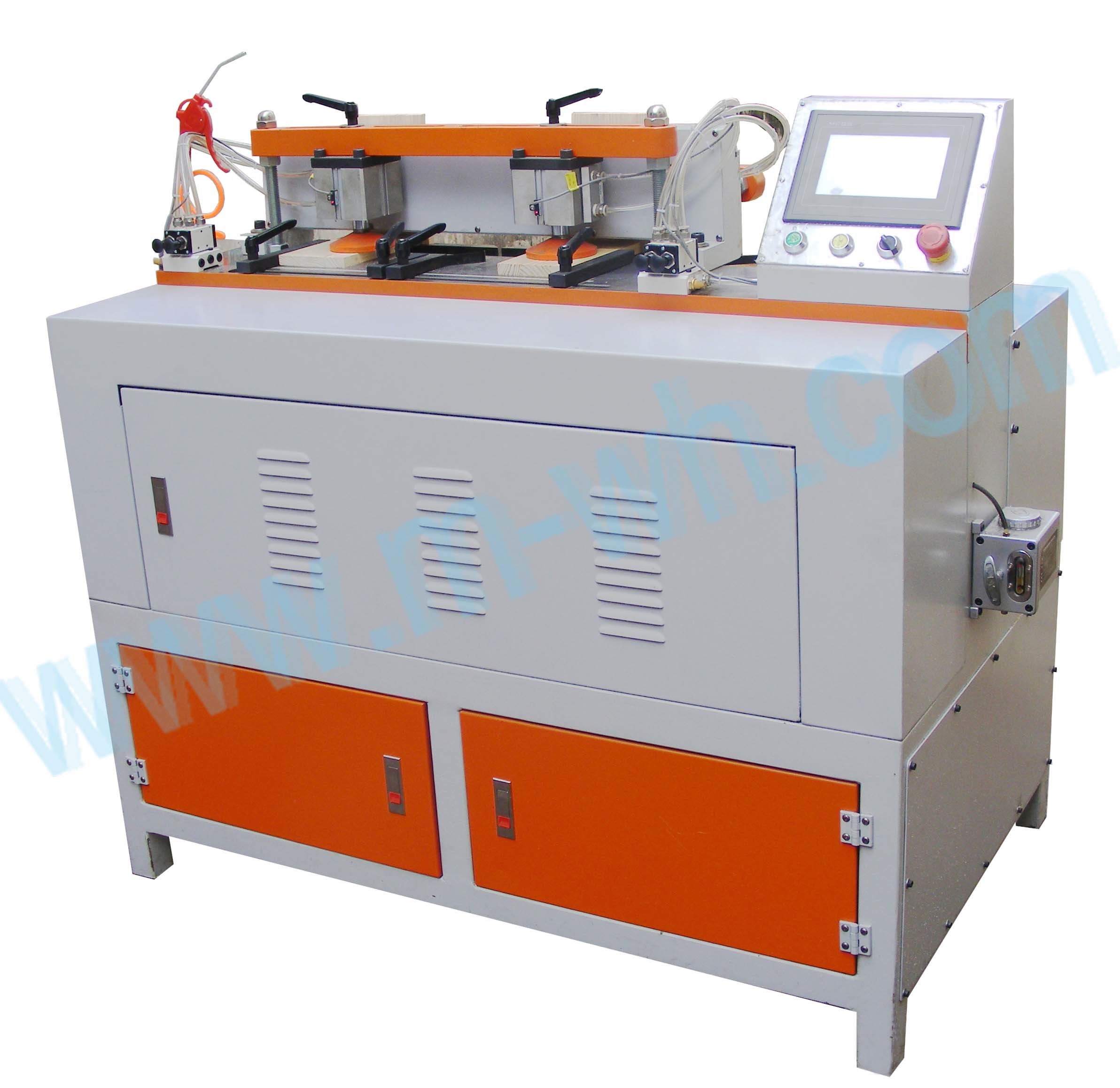

Getting the best possible finish on a dovetail But other angles can be used and dovetail cutters exist to do this. The angle produced is set by the dovetail cutter used. 60° on a small machine, complicates the design of the adjustment mechanism. For smaller dovetails the usual angle is 60º. On large industrial scale machines the angle is usually 45º.

Doing this means that the angle on a dovetail is defined by the angle on the dovetail cutter used to make it.

Where a dovetail cutter is used to make a dovetail it is invariably used in the vertical socket in the vertical position. In most of the different types of dovetail that follow a dovetail cutter is used to cut the angled surfaces on both parts of the dovetail. Usually the long side of the part will be parallel to the jaws of the vice. The bottom surface and the side surfaces of the workpiece must be flat and square. In this case the fixed jaw of the vice must be parallel to the milling table. If the workpiece is small enough a vice can be used to hold it. How can the two sides of the dovetail be parallel? They are parallel in the sense that if one considers the top of the dovetail part as a flat surface then the lines formed where the sides of the dovetail intersect with the top must be parallel. The word “parallel” has a slightly special meaning here. Usually the long sides of the parts will be parallel to the sides of the milling table if they are already machined and roughly so if they have not been. The workpiece is clamped using a fence at one end and one or two side clamps at the other end. This means all the surfaces that matter will be parallel. This means the sides can be machined along with the dovetail surfaces without moving the workpiece. But the workpiece is supported on parallels. This surface is face down on the milling table. This can be done using a fly cutter in one pass. Alternatively, the part can be made from from a less accurate block so long as one of the larger sides is flat.

The part could be milled from a rectangular block that has already been machined so the four sides are flat and square to each other. If the workpiece, ie the male or female part, is too big to be held in a vice it can be clamped to the milling table. Back to home page Back to previous page Points applying to most types of dovetail Holding the workpiece


 0 kommentar(er)
0 kommentar(er)
